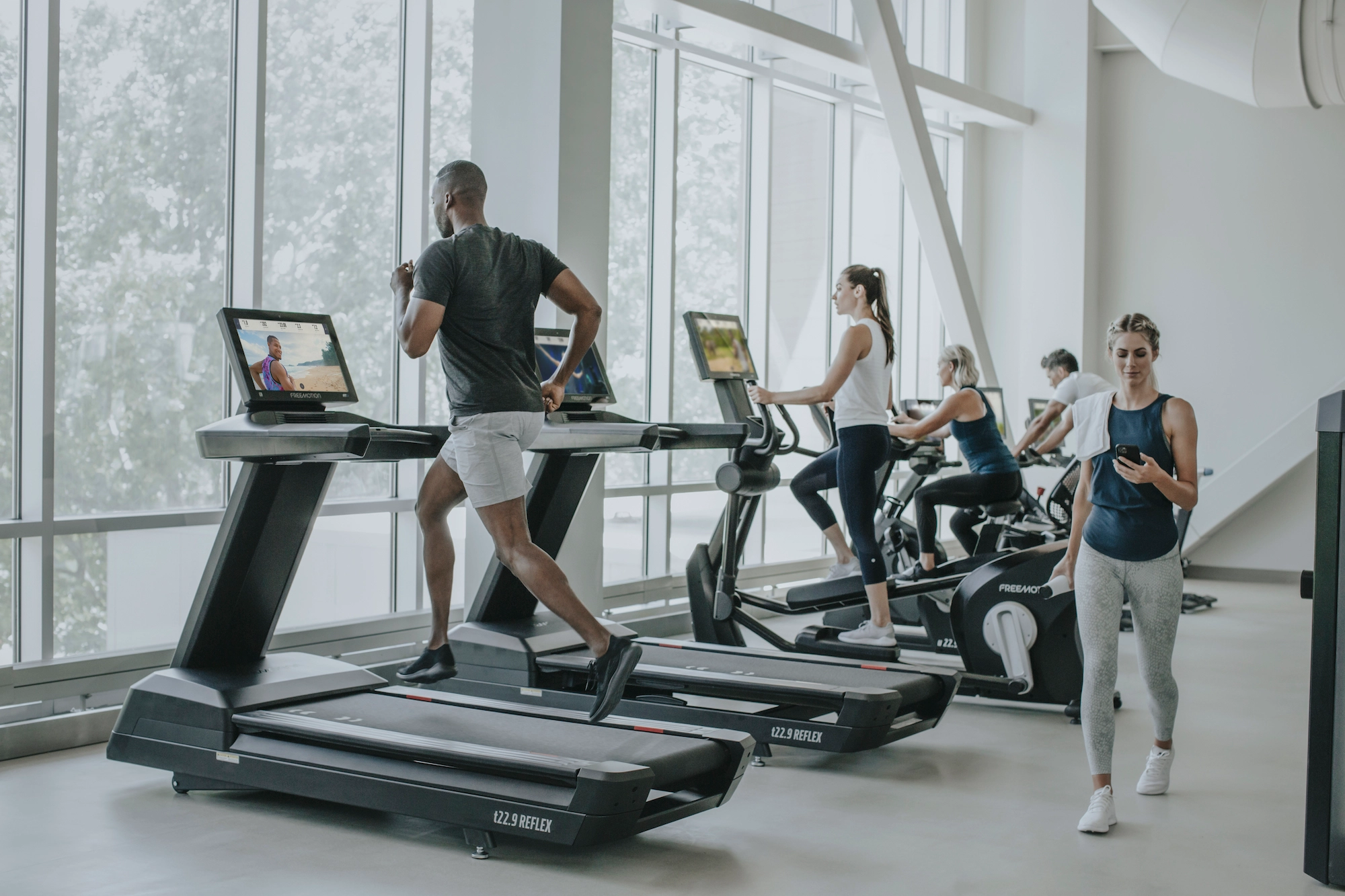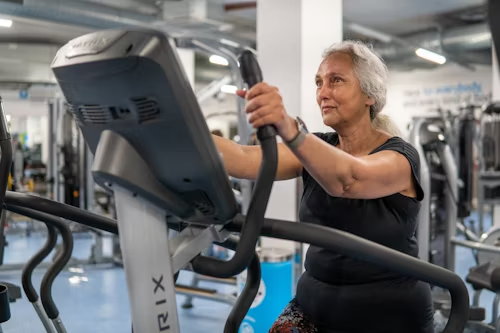Why Menstrual Health Matters
Menstrual health is more than just managing your period—it’s about understanding your body, addressing stigma, and ensuring access to care. Nearly 1.8 billion people menstruate globally, yet myths and lack of education persist, impacting physical and mental well-being. This guide dives into the science, challenges, and solutions surrounding menstrual health, aiming to empower readers with knowledge and practical tools.
What Is Menstrual Health?
Defining Menstrual Health
Menstrual health encompasses the physical, emotional, and social aspects of menstruation, ensuring periods are managed safely and with dignity. It involves access to hygiene products, accurate education, and healthcare to address issues like pain or irregular cycles. The World Health Organization emphasizes it as a state of well-being, not just the absence of disease.
The Global Context
Globally, 500 million people lack access to menstrual hygiene resources, leading to health risks and social exclusion. In low-income regions, 1 in 10 girls miss school during their period, per UNICEF. Understanding menstrual health is key to breaking these barriers and fostering equity.
The Biology of Menstruation
How the Menstrual Cycle Works
The menstrual cycle, typically 28 days, is driven by hormones like estrogen and progesterone, orchestrating ovulation and menstruation. It begins with menstruation (day 1), followed by the follicular phase, ovulation, and the luteal phase. Each phase impacts mood, energy, and physical health, making cycle awareness vital.
Common Menstrual Patterns
Cycles vary from 21 to 35 days, with bleeding lasting 2–7 days. Variations are normal, but irregular cycles may signal conditions like PCOS. Tracking cycles, as I learned after years of unpredictable periods, helps identify patterns and seek timely care.
My Journey with Menstrual Health
A Personal Awakening
In my early 20s, I dismissed my heavy periods as “just how it is.” A friend’s advice led me to track my cycle using an app, revealing irregularities that prompted a doctor’s visit. Diagnosed with endometriosis, I felt empowered by understanding my body. This experience fuels my passion to share knowledge and reduce stigma.
Common Menstrual Health Issues
Painful Periods (Dysmenorrhea)
Dysmenorrhea affects up to 90% of menstruating individuals, causing cramps, nausea, or fatigue. Primary dysmenorrhea is normal, but secondary cases may stem from conditions like endometriosis. Over-the-counter pain relievers and heat therapy often help, but persistent pain warrants medical attention.
Irregular Cycles
Irregular cycles, varying by more than 7–9 days, can result from stress, diet, or medical conditions. For example, 14% of women experience irregular cycles due to PCOS, per the CDC. Tracking and consulting a healthcare provider can pinpoint causes and solutions.
Heavy Menstrual Bleeding (Menorrhagia)
Menorrhagia involves excessive bleeding, soaking through products in hours or lasting over 7 days. It can lead to anemia, affecting 30% of women with heavy periods. Hormonal treatments or medical evaluations can manage symptoms effectively.
Menstrual Hygiene: Access and Options
The Importance of Hygiene
Proper menstrual hygiene prevents infections and promotes comfort. Access to clean water, safe products, and private facilities is critical. In regions lacking these, urinary tract infections rise by 20%, per WHO, highlighting the need for equitable access.
Types of Menstrual Products
- Pads: Affordable, widely available, but less eco-friendly due to waste.
- Tampons: Convenient for active lifestyles, with proper use reducing TSS risk.
- Menstrual Cups: Reusable, cost-effective, holding up to 30ml of blood.
- Period Underwear: Comfortable, sustainable, ideal for light days.
- Cloth Pads: Eco-friendly, reusable, but require washing facilities.
Each option suits different needs, budgets, and environmental concerns.
Comparison: Menstrual Products
| Product | Cost (USD) | Eco-Friendly | Ease of Use | Availability |
|---|---|---|---|---|
| Disposable Pads | $5–10/month | Low | High | Widespread |
| Tampons | $6–12/month | Low | Moderate | Widespread |
| Menstrual Cups | $20–40 (2–10 yrs) | High | Moderate | Growing |
| Period Underwear | $15–50/pair | High | High | Limited |
| Reusable Cloth Pads | $10–30/set | High | Moderate | Limited |
This table helps readers choose products based on cost, sustainability, and accessibility.
Pros and Cons of Menstrual Products
Pros:
- Pads and tampons are widely available and easy to use for beginners.
- Menstrual cups and period underwear reduce environmental waste significantly.
- Reusable options save money over time, with cups lasting up to 10 years.
- Diverse products cater to varying flow levels and lifestyles.
Cons:
- Disposable products contribute to 200,000 tons of waste annually, per Greenpeace.
- Tampons carry a rare risk of toxic shock syndrome if misused.
- Reusable products require access to clean water for hygiene.
- High upfront costs for cups or underwear can deter low-income users.
Addressing Menstrual Stigma
Breaking the Silence
Menstrual stigma silences open discussion, with 58% of women feeling embarrassed about periods, per Plan International. Education and advocacy, like campaigns from Period.org, normalize menstruation, empowering individuals to seek care without shame.
Cultural Barriers
In some cultures, menstruation is taboo, restricting women from daily activities. For instance, in parts of India, 23% of girls drop out of school at puberty due to stigma, per UNICEF. Community education programs are vital to challenge these norms.
Technology and Menstrual Health
Cycle-Tracking Apps
Apps like Clue and Flo use AI to predict cycles, ovulation, and symptoms, with 92% accuracy for regular users. They empower users to monitor health and share data with doctors. I’ve used Clue for years, catching irregularities early and feeling more in control.
Wearable Devices
Wearables like Oura Ring track physiological changes tied to cycles, such as temperature shifts. These devices, costing $299+, offer insights into hormonal health but remain inaccessible for many due to price.
Telehealth for Menstrual Care
Telehealth platforms like Maven Clinic connect users to specialists for issues like PCOS or menopause. With 80% of women seeking virtual care post-COVID, per McKinsey, telehealth bridges gaps in access, especially in rural areas.
The Role of Education in Menstrual Health
Comprehensive Sex Education
Only 39 states in the U.S. mandate sex education that includes menstrual health, per Guttmacher Institute. Comprehensive programs reduce stigma and equip young people with knowledge to manage periods confidently.
Community-Based Initiatives
Organizations like Days for Girls provide menstrual kits and education in low-income regions. Their programs have reached 2.9 million people, reducing school absenteeism by 30% in some areas, showcasing education’s impact.
Policy and Advocacy for Menstrual Equity
Ending the Tampon Tax
In the U.S., 21 states still tax menstrual products as “luxury” items, per the Alliance for Period Supplies. Advocacy groups push for tax exemptions, with successes in states like California, saving users millions annually.
Free Menstrual Products
Countries like Scotland and New Zealand offer free products in public spaces, reducing period poverty. In the U.S., 25 states mandate free products in schools, but broader access remains a goal for advocates.
People Also Ask (PAA) Section
What is menstrual health?
Menstrual health involves the physical, emotional, and social well-being related to menstruation, including access to hygiene products, education, and healthcare. It ensures safe, dignified period management.
Why do periods hurt?
Period pain, or dysmenorrhea, results from uterine contractions triggered by prostaglandins. While mild cramps are normal, severe pain may indicate conditions like endometriosis, requiring medical evaluation.
How can I track my menstrual cycle?
Use apps like Clue or Flo to log cycle dates, symptoms, and flow. Wearables like Oura Ring or paper trackers also work, helping identify patterns and health issues.
What are the best menstrual products?
The best products depend on lifestyle and budget. Menstrual cups and period underwear are eco-friendly and cost-effective, while pads and tampons are widely accessible and user-friendly.
Best Tools for Menstrual Health
- Clue App: Tracks cycles and symptoms with AI-driven insights. Clue
- Flo App: Predicts ovulation and offers health tips. Flo
- Oura Ring: Monitors cycle-related physiological changes. Oura
- Maven Clinic: Telehealth for menstrual and reproductive health. Maven
- Days for Girls Kits: Affordable menstrual kits for low-income communities. Days for Girls
FAQ Section
What causes irregular periods?
Irregular periods can stem from stress, hormonal imbalances, PCOS, or lifestyle factors like diet. Tracking cycles and consulting a doctor can identify underlying causes.
Are menstrual cups safe to use?
Yes, menstrual cups are safe when used correctly, with a 0.2% risk of infection if cleaned properly. Brands like DivaCup meet FDA standards for safety.
How can I manage period pain naturally?
Heat therapy, exercise, and dietary changes like reducing caffeine can ease cramps. Supplements like magnesium may help, but consult a doctor for persistent pain.
Where can I get free menstrual products?
Check local schools, community centers, or organizations like the Alliance for Period Supplies. Some states offer free products in public facilities.
How do I talk to my doctor about menstrual issues?
Prepare a cycle history, noting duration, flow, and symptoms. Telehealth platforms like Maven or in-person visits with OB-GYNs ensure professional guidance.
The Future of Menstrual Health
Innovations on the Horizon
Biotech advancements, like non-invasive diagnostics for endometriosis, promise earlier detection. Smart tampons, in development by firms like NextGen Jane, could analyze menstrual blood for health markers, revolutionizing care.
Global Equity Goals
By 2030, the UN aims to end period poverty, with initiatives scaling access to products and education. Public-private partnerships, like those with Procter & Gamble, are expanding reach in underserved areas.
Conclusion: Empowering Through Knowledge
Menstrual health is a cornerstone of well-being, yet it’s often shrouded in silence. By understanding the cycle, addressing challenges, and embracing tools like apps and telehealth, we can transform periods from a burden to a source of empowerment. Whether you’re navigating your first cycle or advocating for change, knowledge is power. Let’s keep the conversation open, break the stigma, and ensure everyone can manage their menstrual health with dignity.




